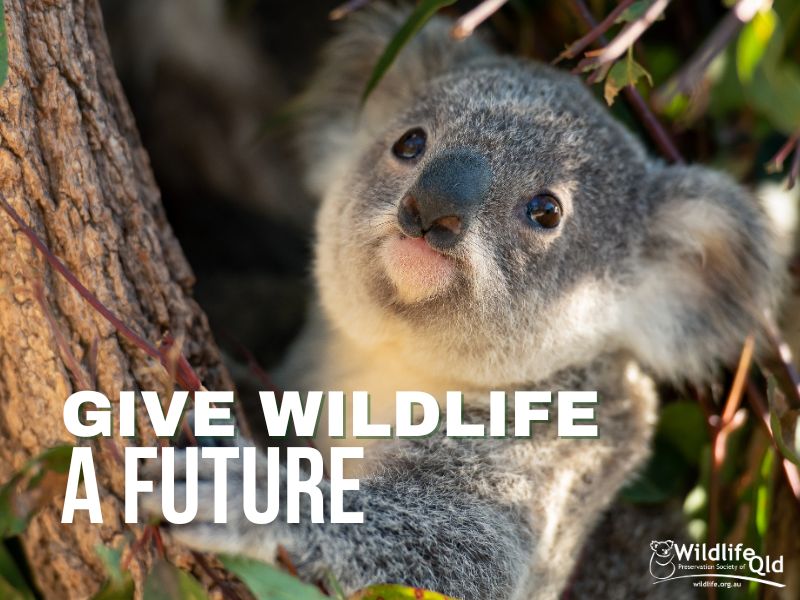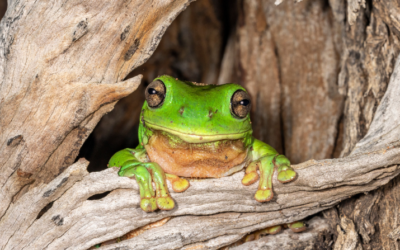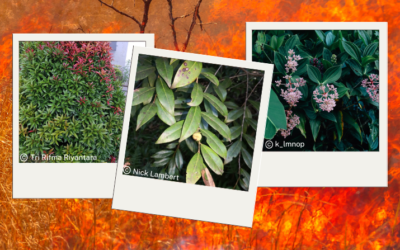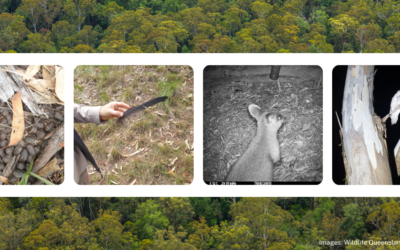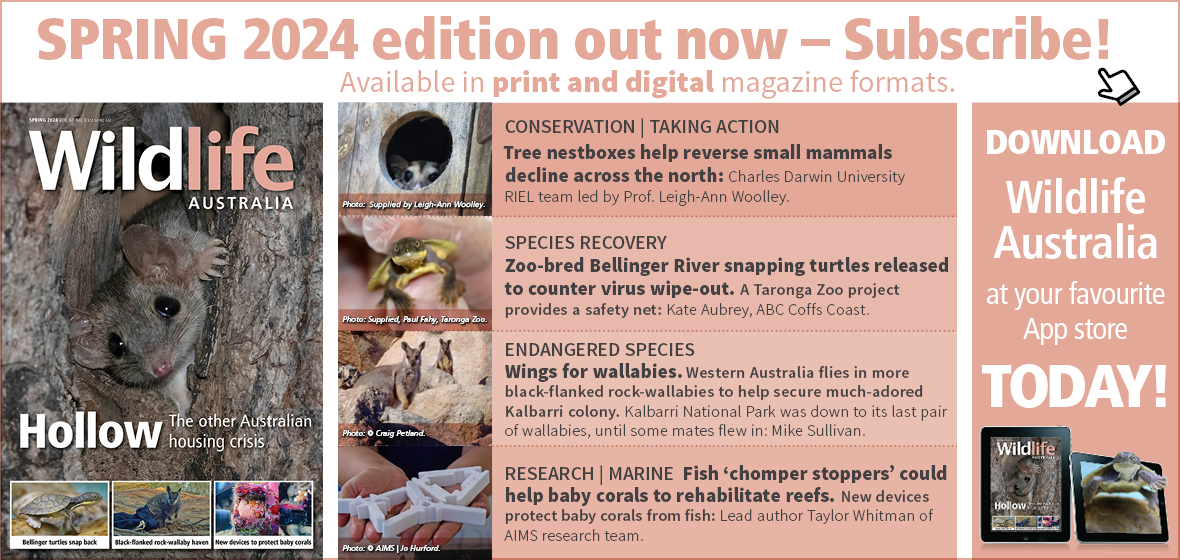Your voice for
your wildlife
© Canva NFP
Wildlife Preservation Society of Queensland (Wildlife Queensland) is the longest-running wildlife conservation organisation in Queensland. For more than 60 years we’ve worked to protect and conserve at-risk species and habitats, advocating for better environmental policy, delivering vital on-ground conservation programs, and raising awareness of wildlife conservation issues through education and community engagement.
A housing crisis is unfolding in Qld’s forests, but you can help …
We are launching our most urgent appeal yet, striving to raise $100,000 for a new project to preserve Queensland’s vital tree hollows. Hollows are critical for the survival of hundreds of species. But right now, they’re disappearing at an alarming rate.
Wildlife Queensland’s new project to collect eDNA samples from tree hollows, identify and safeguard trees, and advocate for stronger policies to protect hollow-bearing trees can help.
Every dollar you give brings us one step closer to protecting these vulnerable species and their homes, securing a future where they can thrive. Please donate today.
Celebrating our older supporters
We’re celebrating the incredible contributions of our older supporters! From volunteers to community leaders, your dedication safeguards Queensland’s precious wildlife and habitats.
Discover how your contribution to Wildlife Queensland can leave a lasting legacy.
Latest news
Wildlife Queensland launches initiative to protect threatened tree hollows
In response to the urgent need to protect hollow-bearing trees, Wildlife Queensland plans to use cutting-edge environmental DNA (eDNA) technology to uncover the hidden world of species that depend on hollows.
Protect your home and wildlife: Top fire-resistant native plants for Queensland backyards
As Queensland approaches bushfire season, it’s important to consider how our landscaping choices can influence fire risk and impact local wildlife.
Quoll surveys and post-bushfire recovery in Queensland National Parks
Wildlife Queensland project officers are busy monitoring threatened species across several projects, from camera trap surveys in the Sunshine Coast to assessing the recovery of wildlife impacted by the Black Summer bushfires.
How we work
Protecting wildlife
Protecting and connecting threatened species through our innovative surveying and monitoring programs and key habitat restoration projects.
influencing choices
Cooperating with local & state governments and conservation groups to develop policies & campaigns that protect our state’s natural heritage.
engaging communities
Educating and engaging people and communities, the foundation of our Society, to inspire change and achieve positive conservation outcomes.
Species spotlight: Platypus
The aquatic, egg-laying platypus is one of Australia’s most bizarre and iconic mammals. Unfortunately, its habitat in Queensland has shrunk by 27 per cent over 30 years, and its numbers are declining.
Platypus populations occur throughout Tasmania and up the east coast of Victoria, New South Wales, and Queensland as far as Cooktown. The platypus is now extinct in South Australia though Kangaroo Island has an introduced population.
Give today


